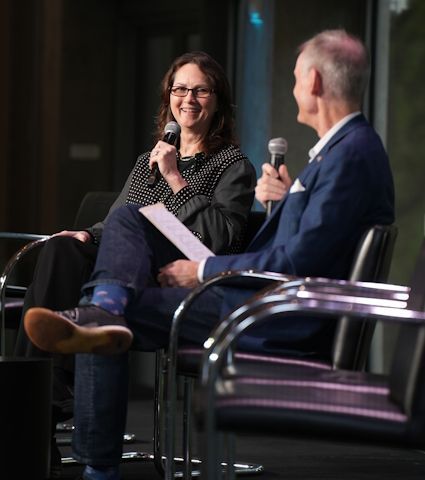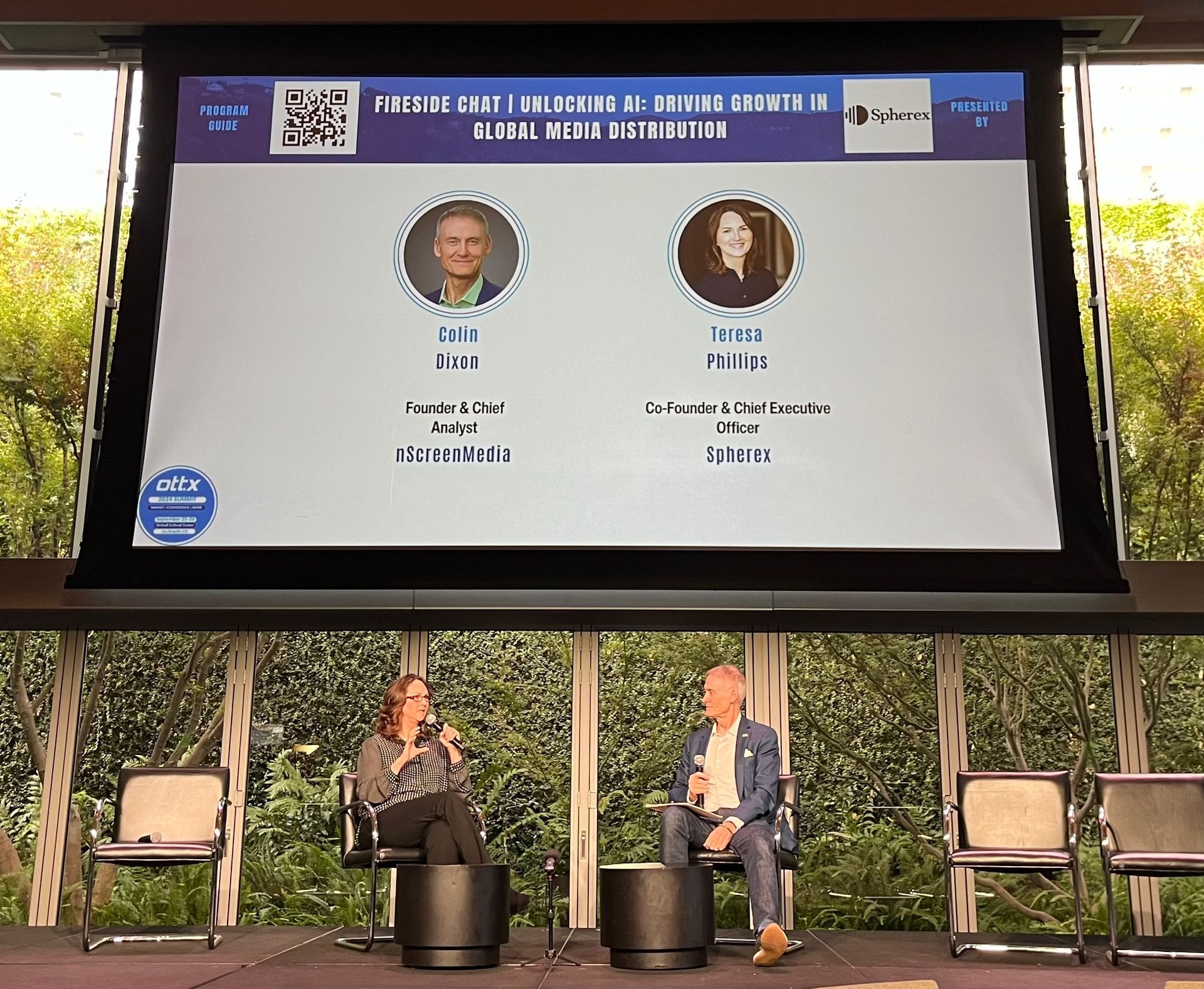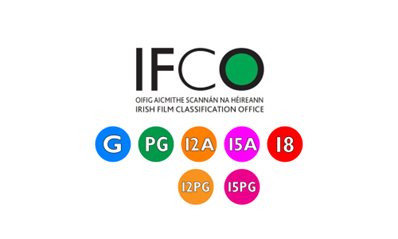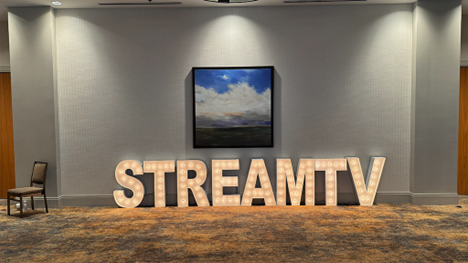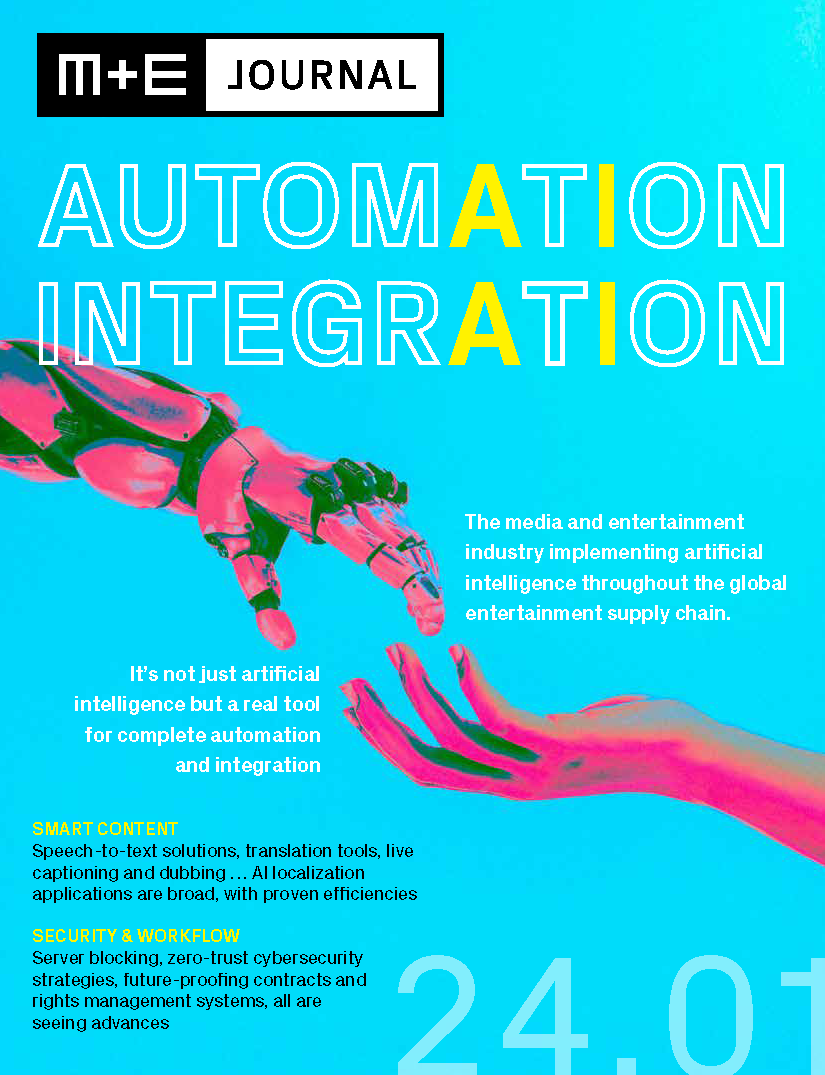Content Creation During the Rise of AI
Hardly a day goes by without someone talking about Artificial Intelligence (AI), and apps like ChatGPT, DALL-E, Flawless, Midjourney, Google Bard, or other generative AI technologies are severe threats to original film and TV content creation. Every major news outlet has done stories on AI's potential detriment to the industry.
Pundits have written extensively on the topic, stoking fears that the beginning of the end of the market for human creativity is upon us. But AI does have its advantages.
Impressive Results
The fear is that films could be made without actors, sets, scripts, directors, locations, costumes, and musicians. Yet today, anyone can produce "emotional soundtracks" influenced by any song they upload or any mood or genre they choose by opening a computer program. The public can download phone apps that make any photo look like a famous painter created it. AI-generated special effects have appeared in film, TV, and video games for years, such as in the Marvel Cinematic Universe (MCU).
Alejandro Jodorowsky is an avant-garde filmmaker who incorporated very futuristic costumes and sets in his films. He famously wanted to make a feature adaptation of “Dune” but never did. An article in the New York Times titled "This Film Does Not Exist" describes how the Midjourney AI platform was used to create realistic-looking "production stills" from the fictitious film "Jodorowsky’s Tron.” The article discusses how AI was used to interpret the Jodorowsky style and imagine it in a Tron film and how close Canadian Director Johnny Darrell’s images came to being something Jodorowsky could have created himself. The result is impressive, but it also highlights AI’s primary weakness.
No Copy Is Original
The word “create” should be loosely used when referring to AI. None of the tool's ”creations” are genuinely original. Why? AI only knows what it has been taught or shown. By “taught,” we mean what examples or data were used to train it. DALL-E can create images “in the style of Monet,” and Midjourney can create costumes in the style of Jodorowsky, but neither can create anything new or unquestionably original. AI copies. It mimics. Could AI conceive an original story like “Avatar”? Could it envisage a painting style like Van Gogh or Picasso? Probably not.
To test this hypothesis, we challenged ChatGPT to “Make something up.” Its output:
Once upon a time, there was a magical land called Zogonia, where every object had a will of its own and talked to each other. The king of Zogonia was a wise old oak tree named King Oakley, and all the subjects respected and loved him. One day, a wicked sorcerer cast a spell on King Oakley, turning him into a tiny sapling. A brave young adventurer named Lily set out on a journey to find the sorcerer and break the spell. She met many talking objects along the way, each offering their assistance in their own unique way. Finally, after many trials and tribulations, Lily found the sorcerer's castle, defeated him in a duel, and broke the spell, restoring King Oakley to his former glory. The kingdom of Zogonia rejoiced, and Lily was hailed as a hero. From that day forward, she became known as the protector of Zogonia and its magical talking objects.
With no direction whatsoever, ChatGPT produced a children’s story about a mythical place with mythical characters, a protagonist, an antagonist, a heroine, and a happy ending. We then asked it to do it again five more times. Each of its responses was not much different from the first. Each followed the same formula of producing characters, plot, and either happy or open-ended outcomes.
The stories were familiar, more of the same outlines, and that’s the point. Humans must remain not only in the loop but in the lead. Without human input, AI is incapable of creating original, finished content.
AI can contribute to the creative process by taking ideas generated by human imagination and constructing images or text using that input. It can suggest how to fill storyline gaps or iterative costume design changes, but that’s a long way from story concept to finished film. This is especially true when titles travel across borders and cultures.
AI will not take the jobs of writers, directors, or other creatives anytime soon. It will enable those willing to evolve their processes to explore or expand their creative horizons. Humanity allows us to see variations, imagine alternatives, make mistakes, understand perspectives, and recognize the influence of culture and precedence in content creation. AI has none of those capabilities.
What it does have is what director Frank Pavich mentions in his New York Times piece: access to millions of digitized images from across human civilization that directors, concept artists, and film students can use to influence their imaginations and stories. How will that play out?
As Pavich says, “we’re about to find out.”
Share this post
Related Posts

